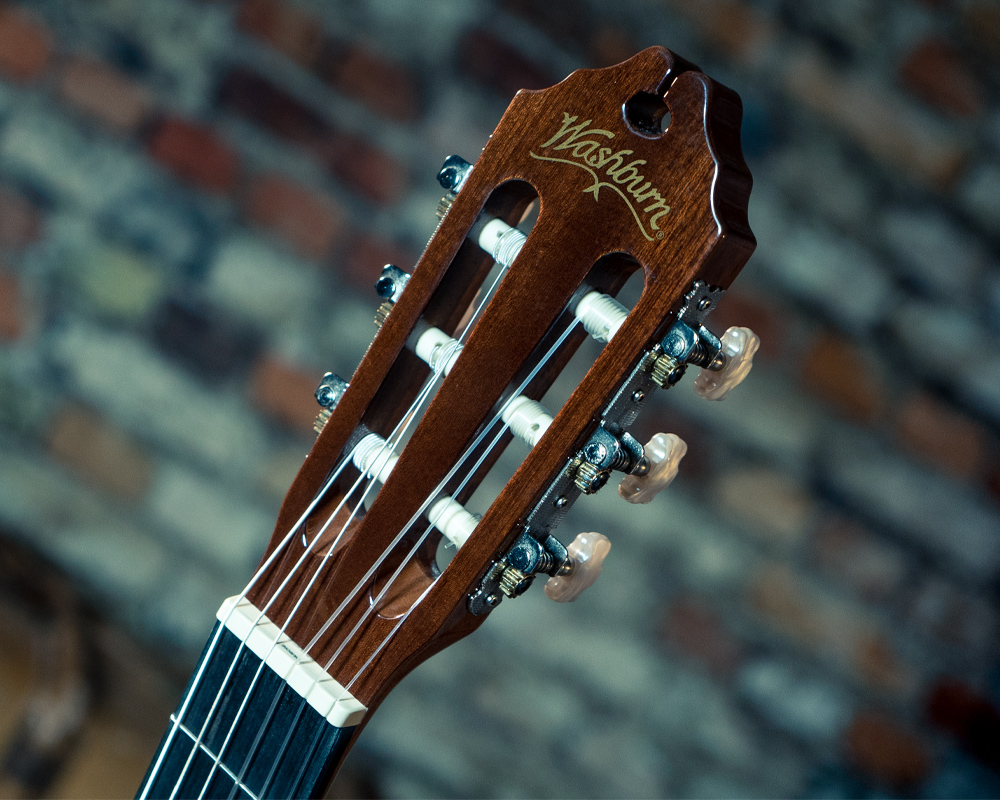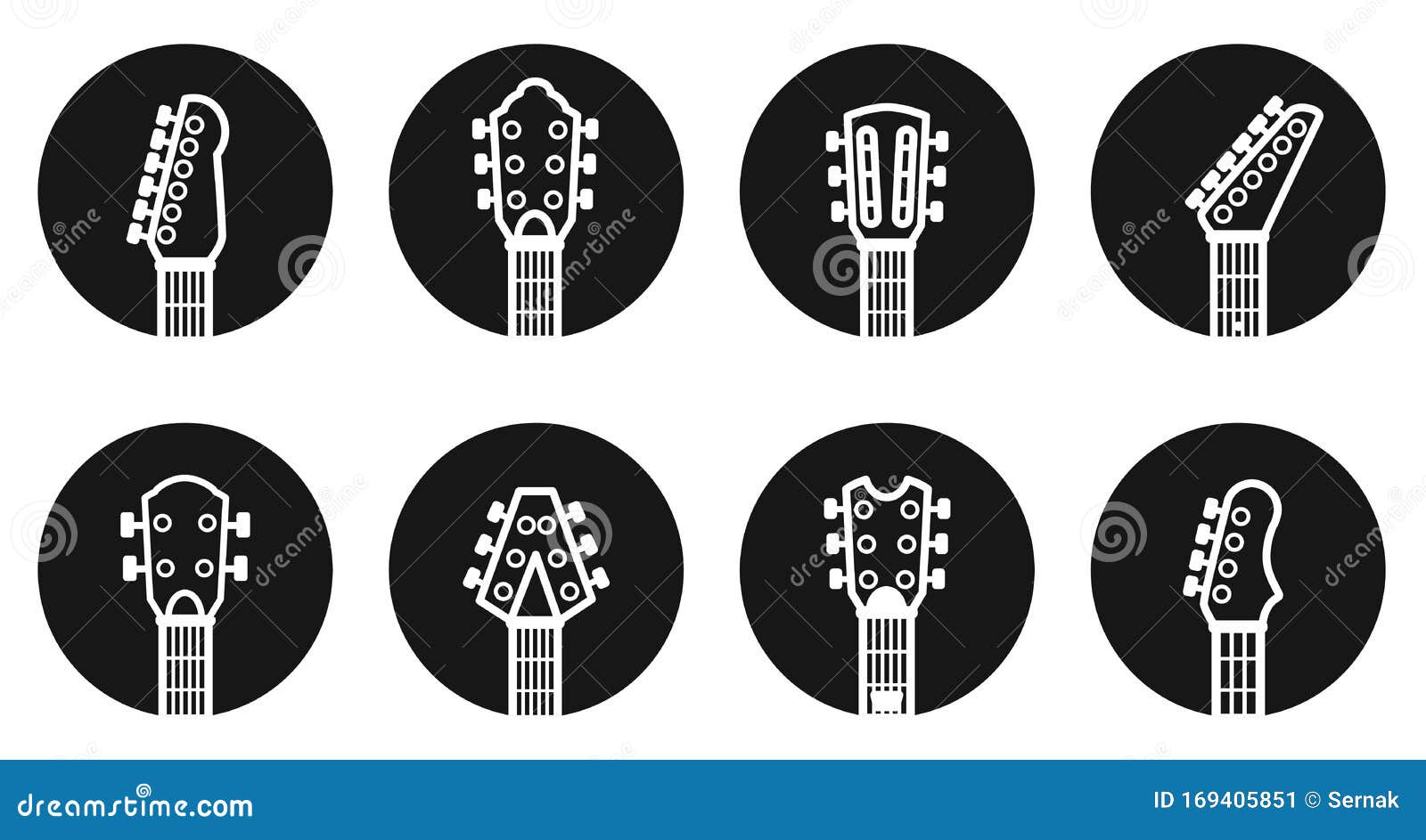
- CLASSICAL GUITAR IDENTIFICATION BY HEADSTOCK DESIGN SERIAL NUMBERS
- CLASSICAL GUITAR IDENTIFICATION BY HEADSTOCK DESIGN SERIAL NUMBER
- CLASSICAL GUITAR IDENTIFICATION BY HEADSTOCK DESIGN SERIAL
Looking to value a vintage or more modern Gibson guitar?Ĭheck out our price database of 2000+ Gibson guitars dating from 1894 - 2017, and soon 2018 too!). Most models get a dotted i again in 1972, with the rest following suit from 1981 onward. Gibson stopped dotting the “i” in their logo on some of their instruments during this period. There were some minor changes to which letters were connected in the font between 1961 to 1981, but the main logo had the same look as we know and love today. The block logo debuted after WWII and remains the face of the company to this day.

Some models (LG-2, J-45, SJ, select L-50s) included an actual banner reading “Only a Gibson Is Good Enough” in the middle of the headstock. The original thin script was replaced with a thicker font on higher-end models in the mid-’30s, and across the entire lineup by the end of the decade.įrom 1943 to 1947, the logo was a thick golden script, known as the banner logo. Acoustic guitar headstock and bouquet of red roses close up. A vertical picture of a brown acoustic guitar headstock under. Vertical picture of a brown acoustic guitar headstock under the lights against a blurry background. 1933 - 1947īy 1933 Gibson had dropped the “The” from all of their logos. Acoustic guitar headstock and metal machine heads silhouettes against blurry window behind white. Some flattop guitars of this era started to omit the word “The” from the logo, reading simply “Gibson”. Late 1920s to 1933ĭuring this period the script logo continued without the slant. Some earlier specimens from 1903 to 1907 did not slant the logo, or went without a logo entirely. You might hear it described in some publications or by dealers as the slanted script logo. Similarly did you know Facebook was once called The Facebook? The first logo to adorn Gibson guitars was inlaid in pearl at a slant, with an almost hand-written cursive font. Specimens built before 1902 had a star inlay or crescent in place of a logo. Here’s a look at the different logos Gibson used during each major era of manufacturing. Tokai currently make the Kanda Shokai Zemaitis and Talbo models.Like most companies, Gibson has ever so slightly changed their logo over the last 100+ year. Atlansia have supplied body and neck parts for Greco models as well.

Kanda Shokai stopped using the open book headstock design on Greco Gibson replica models around the early 1990s and then concentrated on their other model lines and Fender Japan.
CLASSICAL GUITAR IDENTIFICATION BY HEADSTOCK DESIGN SERIAL
The no serial Greco guitars made by Tokai have square shaped routing holes at the bottom of the pickup cavities whereas the no serial Greco guitars made by Cor-Tek (Cort) have thinner rectangle shaped routing holes at the bottom of the pickup cavities. Other higher priced no serial Greco Les Paul and SG models were made by Tōkai and the Les Paul models have an EG-75 or EGC-75 model number stamped in the pickup cavity and sometimes have fret edge binding. The Cor-Tek made Greco guitars have square shaped, brick like nuts with no slope and also often have shielding paint in the pickup and control cavities.
CLASSICAL GUITAR IDENTIFICATION BY HEADSTOCK DESIGN SERIAL NUMBER
The lower priced no serial number Greco Les Paul and SG models were made by Cor-Tek (Cort) and usually have Cor-Tek (Cort) potentiometers. Some Greco open book headstock Gibson replicas starting from around 1988 had no serial numbers. Most of the Greco open book headstock Gibson replicas were made by FujiGen Gakki. Since the mid 1990s Greco models have used other serial number formats as well. Sometimes a month letter is used in an MYPPPP format.

CLASSICAL GUITAR IDENTIFICATION BY HEADSTOCK DESIGN SERIAL NUMBERS
Greco Gibson replicas started using serial numbers around 1975 and pre 1975 models had a Greco logo that looked like "Gneco".įrom the mid 1970s to the mid 1990s Greco models have mostly used 2 serial number formats for non Acoustic models. Greco guitars have been made by Matsumoku, Fuji-Gen Gakki, Dyna Gakki and others as well.


 0 kommentar(er)
0 kommentar(er)
